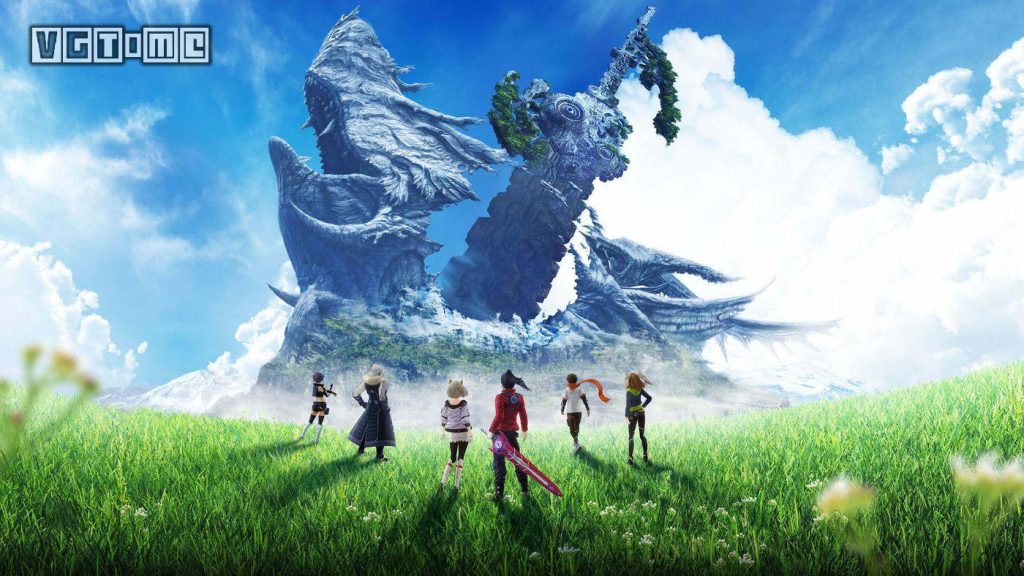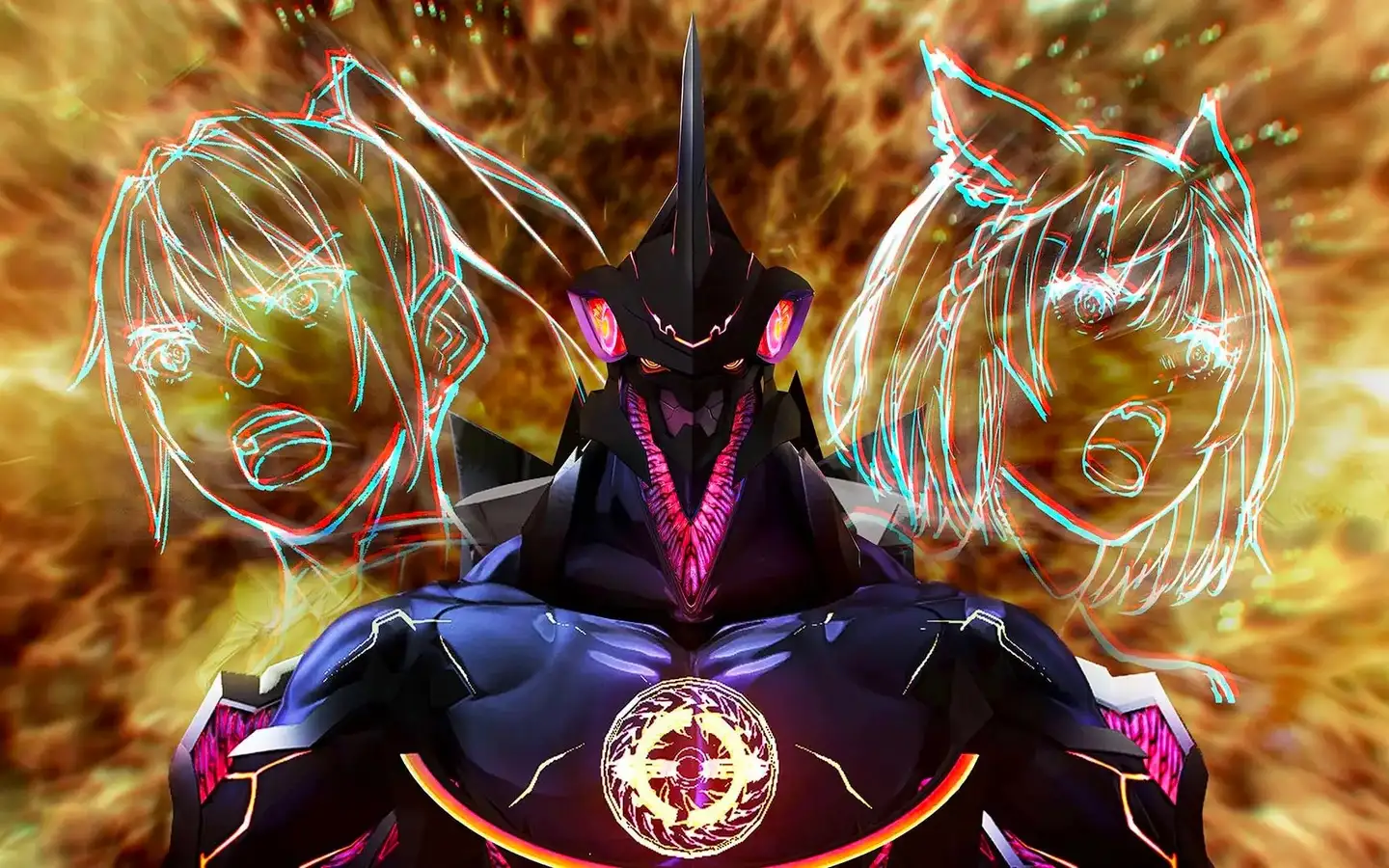With the completion of the guide for all rare monster positions and all hero unlocking conditions in “Xenoblade Chronicles 3”, our guide production has begun to enter the final stage. Due to the large content of the game and the unclear guidance for some collection items, it is extremely difficult to create a strategy guide for it. However, seeing that the guide can help everyone pass the game more smoothly and even some players thank us in the comment section, one can still gain some sense of achievement from it.
Creating a strategy guide is a job where the input and return are not proportional. You may have to spend several hours in the game constantly verifying before you can write a strategy guide that can be read in just a few minutes. What many strategy authors desire is actually just a tiny sense of achievement. If they can’t even get such a basic reward, it would be rather pitiful.
Regrettably, Alex Seedhouse, the editor of the foreign media Nintendo Insider, did not receive the respect he deserved. The Xenoblade Chronicles 3 strategy guide, which he meticulously crafted for over 200 hours, was plagiarized.

The cumbersome steps of making a strategy guide
It’s not an easy thing to prove that someone has plagiarized, but for Alex, it’s actually very simple.
He often leaves his own mark in the guides, such as deliberately writing a wrong character or using some special phrases to limit the names of items and places when describing them. For ordinary users, this minor mistake does not affect the overall experience of using the guide, but for plagiarists, it is the most effective evidence to expose their identities.
This time, it was the foreign media Screen Rant that plagiarized Alex. Apparently, the relevant personnel did not notice the “error” in the content and directly copied his entire guide, which is why they were caught in the act.
I was caught red-handed
Perhaps some people might think that this is not a confidential document but a publicly available strategy guide. How could anyone go to so much trouble to deliberately leave mistakes? It must be that the content was found to be incorrect during a later check, which happened to prove that someone else plagiarized. It’s just a case of being stubborn and refusing to admit it.
If one understands how troublesome it is to produce a strategy guide, it is not difficult to understand why strategy guide authors are so dedicated to their works.
The first is the time cost. Creating game guides requires a significant investment of time. The author not only needs to advance the plot process as quickly as possible but also has to take care of various side quests. The time spent will be much longer than that of ordinary players, or even double. This is especially true for a JRPG game with a huge amount of content like Xenoblade Chronicles 3. Alex also mentioned that he has spent over 200 hours on this game to create a guide.
To do the strategy, Alex spent over 200 hours on Xenoblade Chronicles 3
Secondly, during the game, one has to constantly take screenshots and take notes. Take our game Time’s “Xenoblade Chronicles 3” practical beginner TIPS as an example. There are many small tricks that you have noticed while playing the game. You need to write them down quickly to avoid forgetting. To make the strategy guide more intuitive and easy to understand, it is also necessary to add appropriate pictures. Generally, when making a strategy guide, we will directly record the entire game process and then extract it from the video. However, the process of “Xenoblade Chronicles 3” is too long. It’s not convenient to find corresponding materials when recording videos, so I have to take screenshots more frequently.
In addition to the content of the guide itself, appropriate pictures should also be provided for the reading experience
The last step is to organize the data. If this is a collection-oriented strategy, then recording the corresponding information and organizing it clearly will be a rather troublesome thing. For instance, this “Xenoblade Chronicles 3” full class analysis simply records the data of all the heroes in the game and then creates a separate graph that can visually display all the information. It is extremely energy-consuming.
Making pictures separately will make the organizing work very troublesome, but the overall effect will be better
Making a guide is no easy task, so I fully understand that Alex doesn’t want the energy he invests to easily become someone else’s traffic, which is why he deliberately left those “mistakes”.
But not all cases of guide plagiarism are like Alex’s, where one can hold evidence to identify the plagiarist. More often than not, the original author can only suffer the loss in silence. And all of this is related to the particularity of the strategy.
It’s not easy to make but easy to copy
Unlike reviews, what is presented in the strategy guide is not the author’s unique perspective but a reproducible game process.
That is to say, there is no such thing as a thousand people having a thousand Hamlets in their eyes when it comes to strategies. Instead, all the reviewers must give the same correct answer. This not only means that the strategies one makes oneself are easily plagiarized by others, but also makes it very difficult to prove that others have plagiarized. Apart from accusing the plagiarists of being immoral, it seems there is no better way.
Animated GIF cover
Alex said in an interview with VICE:
When the strategy guide is just released, the risk of being copied by others is the greatest. Because those who haven’t completed the game yet or haven’t even purchased it can see the guides posted on other websites, thus saving time on making their own guides. Some people even don’t check if the specific content is correct. I understand these people’s thoughts, but everyone knows that this is wrong and immoral.
Since they cannot prevent others from plagiarizing by themselves, the authors of strategy guides can only find ways to protect their own labor achievements. For instance, they might add their own watermarks to the accompanying pictures of the strategy guide, but there are always people who will try to remove the watermarks in order to plagiarize, and even cut out the watermarked parts very roughly. Or perhaps, like Alex, they would artificially add some “minor mistakes”, but if every strategy guide had to do this, it would require too much effort.
For this type of tabular graph, to prevent plagiarism, we also add watermarks
While there are no good anti-plagiarism measures, some players’ attitudes towards plagiarism also differ from those of the guide authors.
In the same interview, an anonymous former game editor said that he was very shocked that some players thought copying others’ material collection strategies was not plagiarism. Perhaps it’s because no matter who does the material collection strategy, the content of the final strategy is more or less the same. They don’t care whether the strategy is plagiarized or not. After all, the strategies all look the same, and as long as they can easily find and use them, that’s fine.
Overall, the current environment is not friendly to any conscientious and responsible guide author. It’s really too difficult to prevent plagiarism. On the surface, plagiarism seems to be a sign of disrespect towards them, but in reality, behind it lies a traffic war among game media.
The traffic war behind the strategy
Some friends might be taken aback when they see this. How could the topic change from plagiarism being disrespectful to the guide author to a traffic war among media? Did they miss something? In fact, there is no such thing. Disrespecting the author of the travel guide is just one of the by-products of the media’s competition for traffic. Essentially, copying others’ guides is most likely not because one is too lazy to make guides or specifically to annoy the guide authors, but rather to seize the traffic entry point.
With so many people envious of the traffic brought by strategies, can strategies really bring them the traffic they want? It seems that the homepages of most game media are filled with hot news rather than game guides.
Compared with hot news, the traffic and discussion of travel guides are not as high
Indeed, usually what people pay the most attention to are the current hot events. It seems not very cost-effective to ruin one’s reputation for the sake of traffic. However, the gaming industry does not have hot news happening all the time, and players may have the need to look up game guides at any time. This makes guides bring considerable and stable traffic to game media. Among them, “stability” is very important. It can, to a certain extent, boost the website’s traffic when there are no hot events.
Moreover, the validity period of the strategy guide is very long. As long as players encounter difficulties in the game, the strategy guide will have access traffic. However, news usually only has a large number of visits in a short period of time. Once the time passes, basically no one reads it anymore.
In addition to ensuring website traffic, another benefit brought by the guide is that it is an excellent tag for search engines, which can help the website rank higher in search results and increase traffic.
When you enter the game name in a search engine, the alternative words are basically all related to strategy guides
When ordinary players search for strategies, they are unlikely to look for a specific game website. Instead, they directly list the game names and the problems they encounter in the search bar. A good way to get players to click into your guide by accident is to make your guide as early as possible and occupy the top few positions on the search page. This means that game media need to cooperate with publishers to get a head start on the game, or race against time to arrange for editors to put aside their work and focus solely on creating game guides.
If neither of the above two conditions can be met and you still want to ride on the popularity of the guide, then the only way out is to copy.
It is obvious that the strategy guide for a topic game like Xenoblade Chronicles 3 can bring considerable traffic to the game media
In this incident, the plagiarizing party Screen Rant did not elaborate on whether it chose the path of plagiarism because it did not obtain the preemptive qualification or did not have a suitable editor to be responsible for producing the strategy guide. It was only when the matter escalated that they came forward to respond, stating that they took this plagiarism incident very seriously and would strictly review the previous content of the guide author, and the relevant guides would also be taken down.
If it weren’t for Alex holding the evidence, it’s hard to say how the matter would have ended or whether the other party would have respected his labor achievements. After all, it is usually not an easy thing to prove that others have copied one’s strategy.
If any reader has ever had the idea of making a guide, then Alex’s experience might serve as a reference, and it could be considered to leave some “minor mistakes” in the future. Perhaps what the person making the guide desires is just a bit of a sense of achievement and respect from others, without considering the traffic war behind it. But if even this most basic need is exploited by others to gain traffic, who would be willing to spend so much effort making guides to help the majority of players?

